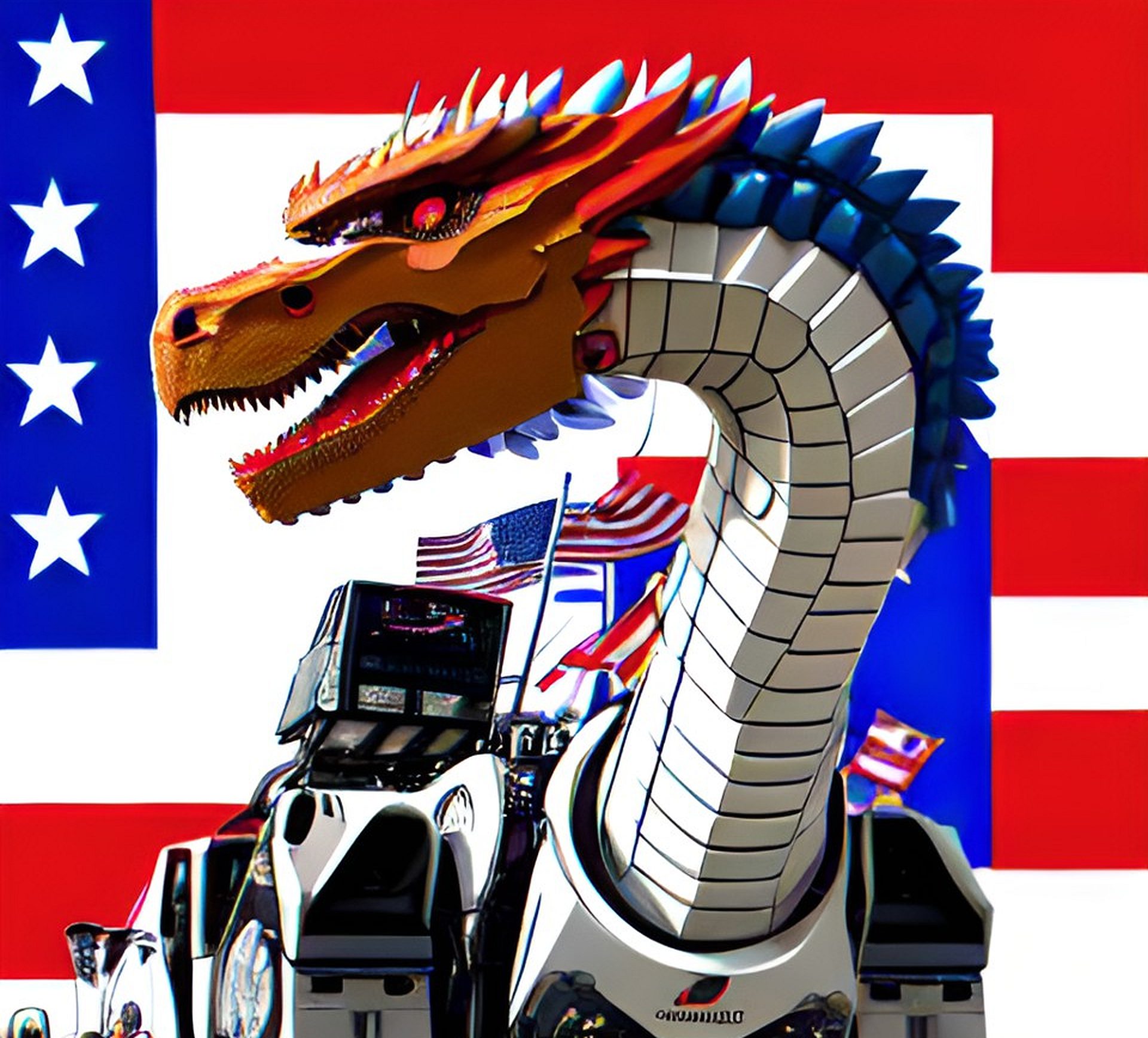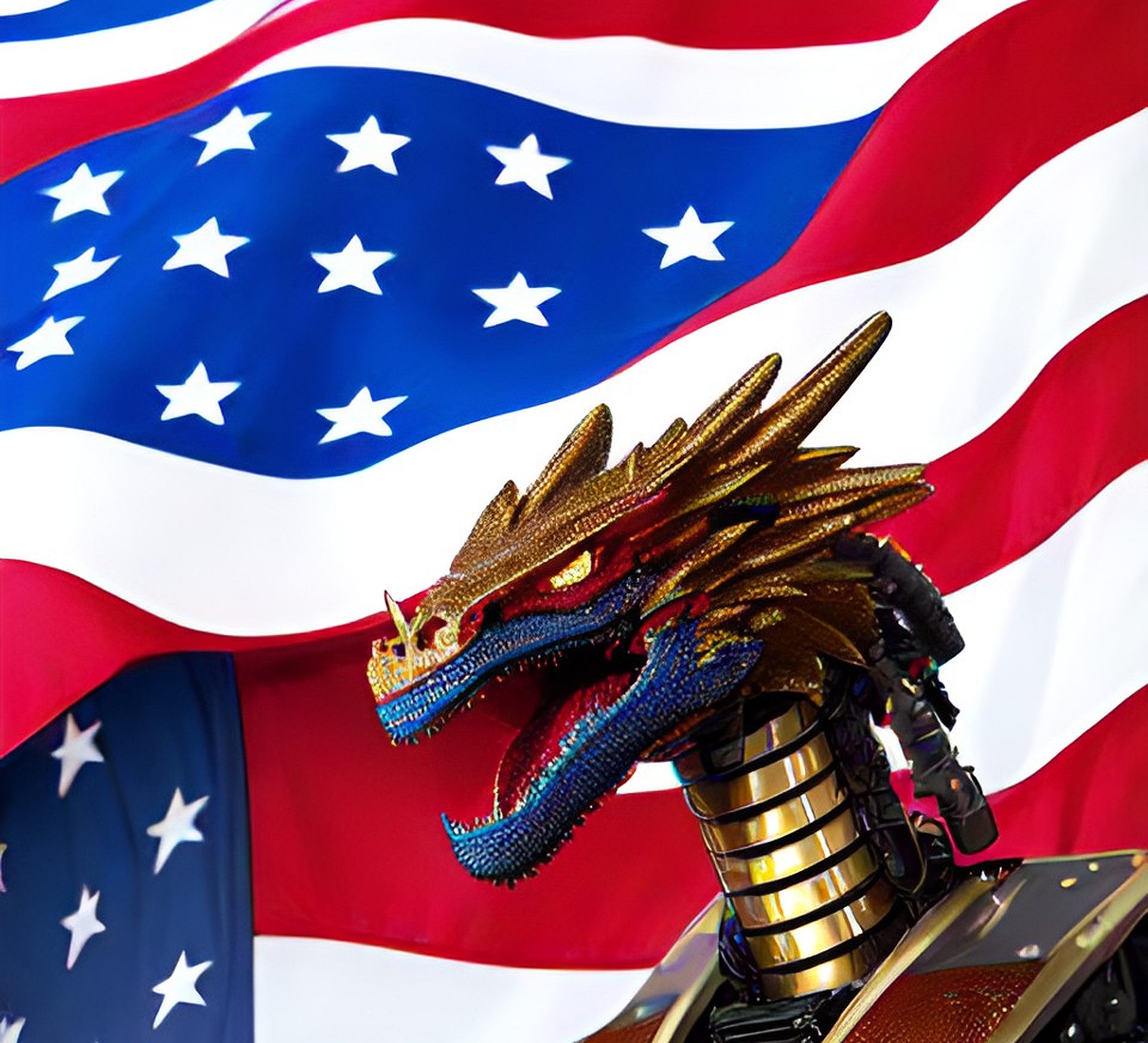The United States Copyright Office, a bastion of copyright protection and regulation, is taking a bold step into taming artificial intelligence (AI). As technology continues to evolve and seep into nearly every facet of our lives, the Copyright Office recognizes the urgency of understanding its implications for copyright law.
The AI-copyright intersection
In a sign of the times, the Copyright Office is already grappling with applications to register works that are generated by AI systems. Some applicants have even raised eyebrows by designating AI as co-authors, prompting a heated debate about the very definition of authorship in the digital age.
The heart of this investigation lies in a series of 34 probing questions that span a range of nuanced AI issues. These include concerns about AI training, transparency, recordkeeping, copyrightability, infringement, labeling, and much more. As AI technology becomes increasingly sophisticated and ubiquitous, finding answers to these questions is more important than ever to tame AI.

Your thoughts matter! The Copyright Office has opened its doors to the public, inviting individuals, experts, and stakeholders to submit their insights and answers to the questions raised by this study
How you can contribute
If you wish to participate, public comments must be submitted by 11:59 p.m. Eastern Time on October 18, 2023, with follow-up reply comments accepted until 11:59 p.m. Eastern Time on November 15, 2023.
The thorny issue of liability
One of the most contentious aspects of this inquiry revolves around copyright liability for AI-generated content. Consider a hypothetical scenario: if an AI model produces content that closely mirrors a copyrighted work and fails the “fair use” test, who should bear responsibility?
The Copyright Office is seeking to understand how liability can be distributed among those involved – from the individuals who directed the AI system to the creators and even the datasets used. This complex issue highlights the need for comprehensive and forward-thinking AI regulations.
So, is AI tamable? At least American executives think so.

A broader landscape
The Copyright Office is not alone in its scrutiny of AI’s impact on society. Other government agencies are also recognizing the transformative power of AI and its implications for various aspects of governance and innovation:
- The Securities and Exchange Commission (SEC) has launched inquiries into AI’s impact, including its role in cybersecurity risk management.
- The U.S. Patent and Trademark Office (USPTO) is actively exploring AI tools and data as part of its AI/ET Partnership.
- The Department of Homeland Security (DHS) is assessing the potential uses of AI for security and defense.
- The Investment Security Office is focusing on national security risks posed by U.S. investments in AI systems.
- The Federal Highway Administration is soliciting comments on AI’s role in machine sensing, perception, data fusion, and trajectory prediction.
These initiatives underscore the growing recognition within the U.S. government of AI’s transformative potential and its wide-ranging impact on creators, developers, and users of AI technology.
In conclusion, the U.S. Copyright Office’s inquiry into AI and copyright law is a crucial step toward understanding and adapting to the profound changes brought about by artificial intelligence. It invites us to rethink the very foundations of copyright law in an age where machines are not just tools but also creators. As the world watches, this inquiry may well pave the way for a new era of AI regulation in the United States, with far-reaching implications for the future of creativity, innovation, and intellectual property rights.
Featured image credit: Eray Eliaçık/Wombo

